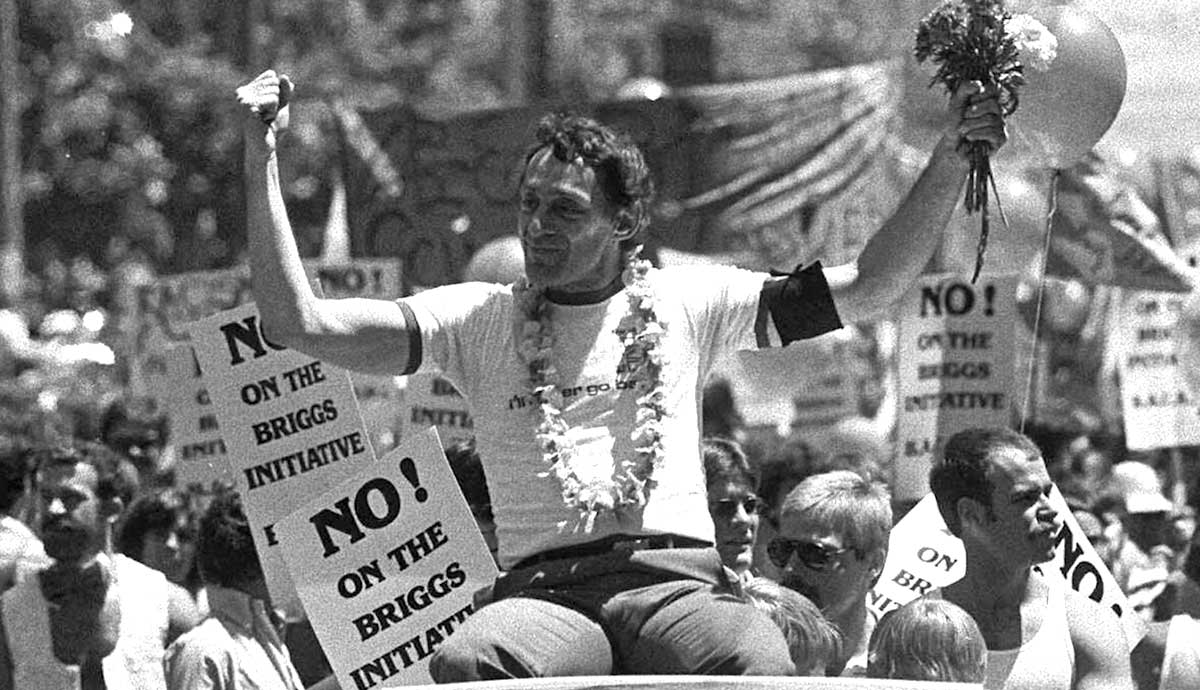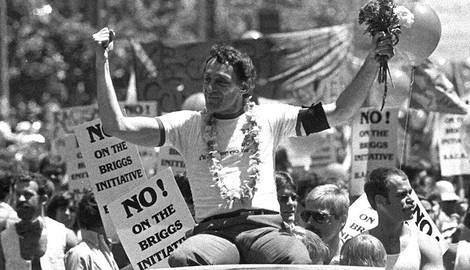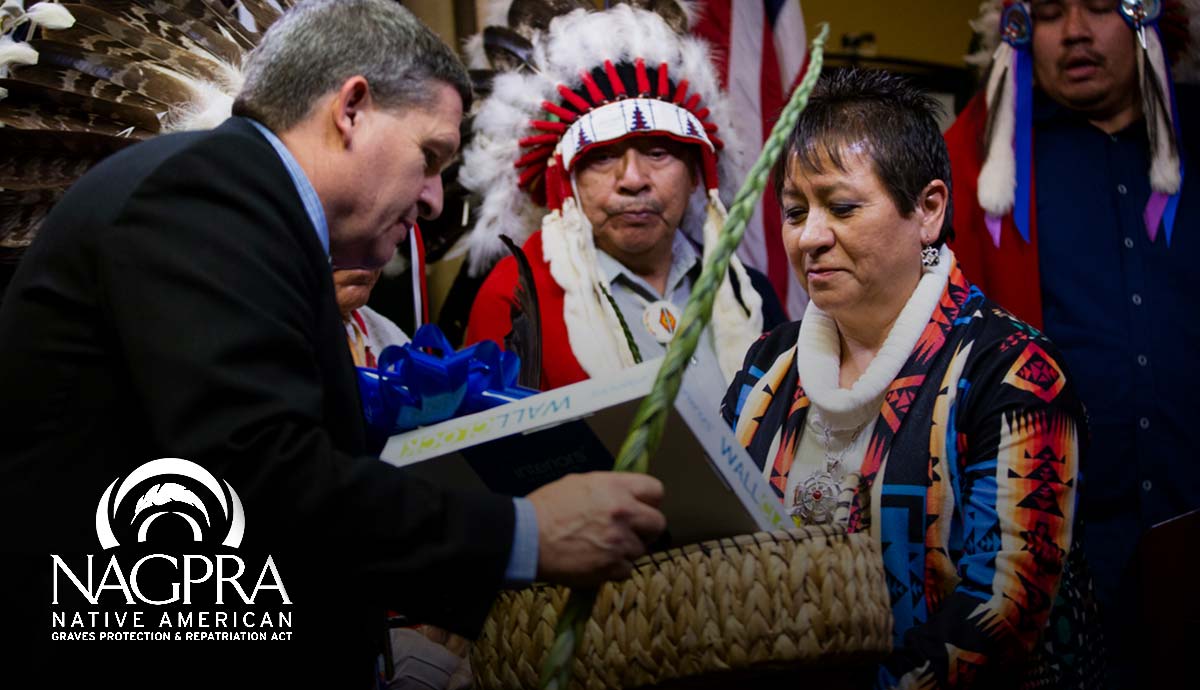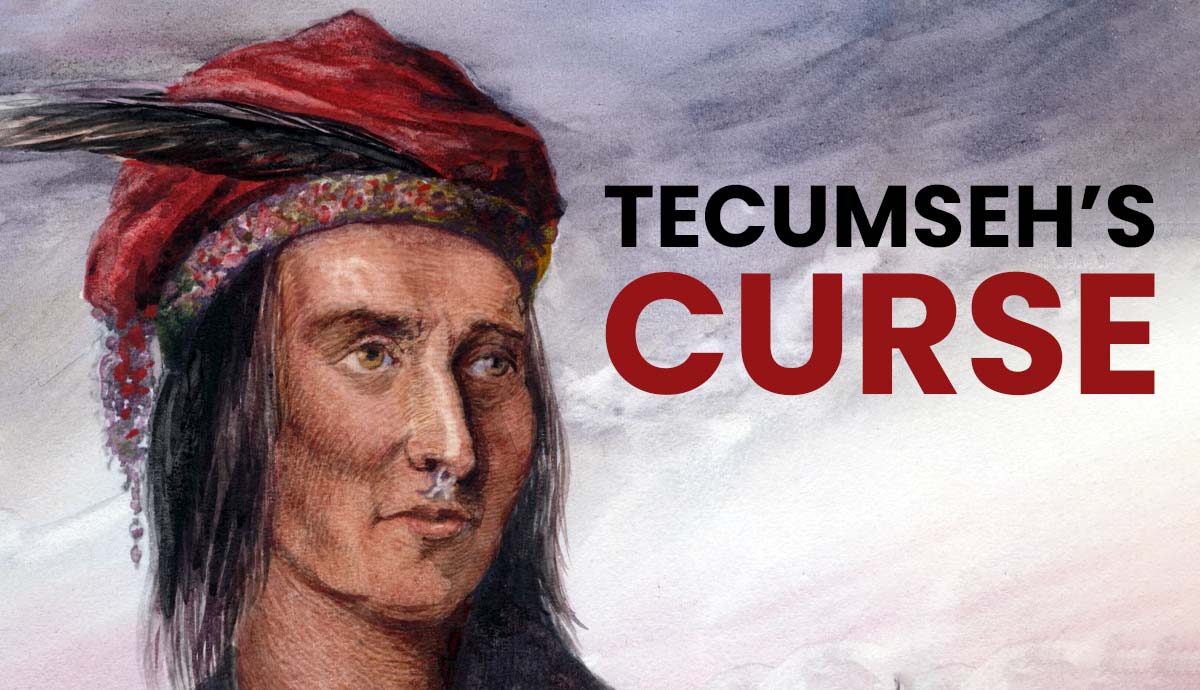
In mid-twentieth century America, Harvey Milk grew up pressured to hide his true identity. As he aged, he came to terms with his sexuality and sense of self and turned his character into a tool to fight for equality not only for himself but for an entire community of people across the United States who felt they lacked a voice. Moving towards the conclusion of the Civil Rights era, Milk broadened the term to not just relate to race but to sexuality, working to create a better world for everyone.
Harvey Milk: New York Boyhood

Of Jewish Lithuanian descent, Harvey Bernard Milk was born in 1930 to William and Minerva Milk in Woodmere, New York. He had one brother Robert, and his family was comfortably middle-class. His parents owned and operated Milk’s, a local department store, where Harvey and his brother both worked as young men.
His family was very active in both their local religious and civic communities, and Harvey grew up a popular student with a wide range of interests, including football and music. He played sports on his school teams and sang opera in the Bay Shore High School chorus. Following his high school graduation, Harvey attended the New York State College for Teachers, a precursor to the State University of New York at Albany, graduating in 1951. Immediately after graduation, Harvey enlisted in the US Navy, attended officer candidate school, and was posted in San Diego, California. During the Korean War, he worked as a diving instructor in San Diego.
Confronting His Sexuality

Harvey was later said to have known he was gay since high school but did not comfortably discuss this fact openly until he was older due to the social pressures that accompanied homosexuality at the time. He was discharged from the Navy in 1955 after official questioning about his sexuality and sexual orientation. He returned to New York and made his home in New York City, where he began exploring careers.
Making His Way in the World…and to California

Once back in New York, Harvey worked a variety of jobs. He spent time as a public school teacher, a financial analyst, a banker, and as a production assistant on Broadway. Throughout these career changes, he became more involved in activism, sharing his concern about a variety of subjects, chiefly the Vietnam War and issues facing the gay community.
He demonstrated against the Vietnam War and became friendly with activists working for LGBTQ causes in Greenwich Village. Still, he became disillusioned with his fluctuating career choices and the opportunities available in New York, and in 1972, he decided to head back to California.
He moved to San Francisco and made his home on Castro Street, which was the heart of the local gay community. He opened a camera store and began integrating himself with the local political and social scene, quickly renewing his activist work. Castro Camera would not only become a successful camera and film shop but also a local headquarters for gay rights campaigns and a meeting place for the gay community.
Castro Street & A Political Adventure

In a short time, Harvey became known as the “Mayor of Castro Street” due to his popularity within the community and his activism. His activist work wasn’t just in the realm of LGBTQ rights but also focused on environmental issues, gender equality, labor law, and even neighborhood issues.
In 1972, Milk decided to run for the San Francisco Board of Supervisors. The Board is the legislative arm of the city, responsible for considering and adopting city policies, ordinances, and resolutions. He lost the race, but his popularity and image grew. Milk and a group of fellow activists founded the Castro Village Association when other local merchants tried to prevent a gay couple from opening a business. The goal of the Association was to organize and support LGBT businesses and ensure they received equal treatment. The Association became a very effective and powerful tool for LGBT business owners in the area.
In 1976, Milk ran for office again, attempting to sit on the Board of Supervisors for a second time. Although he lost by a narrow margin, he was making history as one of the first political candidates in US history to run as an openly gay man. His friend, Mayor George Moscone, appointed Milk to the Board of Permit Appeals, and he officially became the first openly gay city commissioner. However, he didn’t give up on the Board of Supervisors, and in 1977, he won his third election attempt.
Milk’s inauguration in 1978 made news headlines nationally and globally. Thanks to his attention to a variety of social issues, Milk’s supporters were not just those in the LGBTQ community but also the elderly, immigrants, and union voters. He was said to be politically adept and an excellent negotiator, a prime recruit for his new position.
Prop 6 and Fighting For Rights

In 1978, Milk was quickly thrust into his new political position and faced immediate challenges. A businessman and member of the state legislator named John Briggs introduced a measure called Proposition 6, also known as the Briggs Initiative. The measure stated that if passed, public school teachers would be prohibited from promoting or participating in homosexuality and that doing so would be a fireable offense.

Not only did the state of California become deeply divided by the proposition, but the country did as well. Milk was one of the most outspoken critics of the bill, and it was defeated by a margin of 58.4 to 41.6%. It was a victory for Milk and his California supporters but also for others trying to prevent the implementation of similar anti-gay measures across the country.
“If a Bullet Should Enter My Brain…”

Due to his relentless activism and openly gay status, Milk was a frequent target of hate. He received daily death threats and had pre-recorded multiple copies of his will on tape. One of his most famous quotes from one of these tapes was, “If a bullet should enter my brain, let that bullet destroy every closet door.” His hope was that even in the case of his death, good would come through in terms of advocacy for the community he held near and dear to his heart. Unfortunately, death would come to Harvey long before his natural life–and his activist missions–were complete.

Just 11 months into Milk’s term on the city Board, he was assassinated by Dan White, another former city supervisor. White had recently resigned, claiming his salary was insufficient for his growing family. He had also clashed with Milk and other board members on recent resolutions and was suffering from depressive thoughts.
On November 27, 1978, White entered city hall with a loaded revolver, avoiding the metal detectors by entering a basement window that had been left open. He headed to Mayor Moscone’s office, where he asked for his job back. When Moscone refused, White shot him four times. Next, he went down the hall to Milk’s office and killed him with multiple shots. Not long after, he turned himself in.
A crowd of between 25,000 and 40,000 spontaneously gathered on Castro Street that evening to remember Milk with a candlelight vigil. He was further memorialized with a series of services and memorials in the days to come. He was cremated, and his ashes were distributed throughout San Francisco in places that he held dear to his heart.

White was not convicted of murder but manslaughter due to a relatively novel defense nicknamed “the Twinkie defense.” Attorneys argued that White’s excessive consumption of junk food had led to his physical and mental suffering and affected his emotional stability. Surprising many, this argument and conviction led to only a six-year jail sentence for the two deaths. However, White committed suicide one year after his release.
Harvey Milk’s Legacy

Despite Milk’s relatively short political tenure, his activism and attention to previously overlooked causes left a legacy that would be celebrated for generations. Many institutions that Milk was a part of are still in place today. For instance, Castro Camera persists as a Human Rights Campaign Initiative Action Center and Store. Castro Street is still a vibrant center of LGBT culture in San Francisco.
Numerous media adaptations have portrayed Milk’s life, including films The Times of Harvey Milk (1984) and Milk (2008) starring Sean Penn. An opera, Harvey Milk, debuted in 1995.
In 2009, May 22nd was established as Harvey Milk Day. In 2021, the US Navy launched the U.S.N.S. Harvey Milk, the first vessel in the US fleet named for an openly gay person. This came on the heels of the repeal of the military’s “don’t ask don’t tell policy” regarding gay and lesbian service members in 2011. It is estimated that Milk was one of approximately 100,000 service people discharged due to their sexual orientation before that point.
Harvey was further recognized by the government when he was posthumously awarded the Presidential Medal of Freedom in 2009 and was honored by a US Postal Service stamp in 2014. He may be gone, but Harvey Milk and his work fighting for the rights of the underprivileged are far from forgotten as the United States continues to struggle for equality for all.










